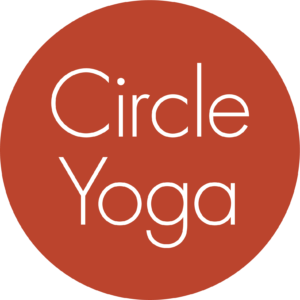April 2013
Dear Friends,

Wandering through each of these traditions, I discovered a lot of differences in the practices and yet all were leading to the same ineffable state known as enlightenment, nirvana, rapture, oneness, or simply contentment. Listening to the Buddhist nun Jetsunma Tenzin Palmo, I heard a useful metaphor for my experience: she said that we are all seeking the same spiritual elixir, but it resides in a multitude of boxes, each decorated with specific rituals and cultural practices.
Each box is both fascinating and familiar to us. We are most comfortable with the boxes we were raised with, but we can also be intrigued by exploring boxes from other cultures. Yoga, Buddhism and the African-American church may have been less familiar boxes, but I was always looking for the same elixir.
As Palmo also mentions, the elixir itself doesn’t appear to be very interesting, especially compared to the box itself. Contentment isn’t very exciting, so we often forget that it’s the real prize. But because we aren’t able to access the elixir any other way, we must go through one of the boxes. The Buddha described this same concept with a different metaphor. He said that the only way to get from the shore of suffering to the shore of non-suffering is to build a raft and sail across.
What sometimes happens is that we get so caught up in the box’s beauty and ornamentation that we forget what we are really after — the elixir, the contentment, the joy. We can get caught up in meditating, doing yoga, going to services, or studying religious texts and miss the enlightenment in front of us in this moment. Or to use the Buddha’s metaphor: when we reach the shore of non-suffering instead of letting go of the raft, we mistakenly pick it up and carry it with us.
The practices, rituals, and cultural aspects of a spiritual path are the raft or the beautiful box from which we can arrive at the shore of non-suffering and find the contentment that we have been longing for. We need the box to get to the elixir and we need the raft to get to the other shore. And at the same time we need to remember that the box is not the elixir, and the raft is not the shore.
IT IS OFTEN SAID THAT THE BUDDHA’S TEACHING IS ONLY A RAFT TO HELP YOU CROSS THE RIVER, A FINGER POINTING TO THE MOON. DON’T MISTAKE THE FINGER FOR THE MOON. THE RAFT IS NOT THE SHORE. IF WE CLING TO THE RAFT, IF WE CLING TO THE FINGER, WE MISS EVERYTHING. — THICH NHAT HANH (BEING PEACE)
When I find myself caught up in the activity or ritual of practice, such as practicing yoga just to be able to say I did, or trying to look perfect while sitting in meditation, I remind myself of what I really want — the core of all spiritual paths, the shore of non-suffering. And now and then, when I am able to let go of myattachment to the practice without letting go of the practice itself, I get a taste of that sweet elixir. Ahhh.
love,
annie.
